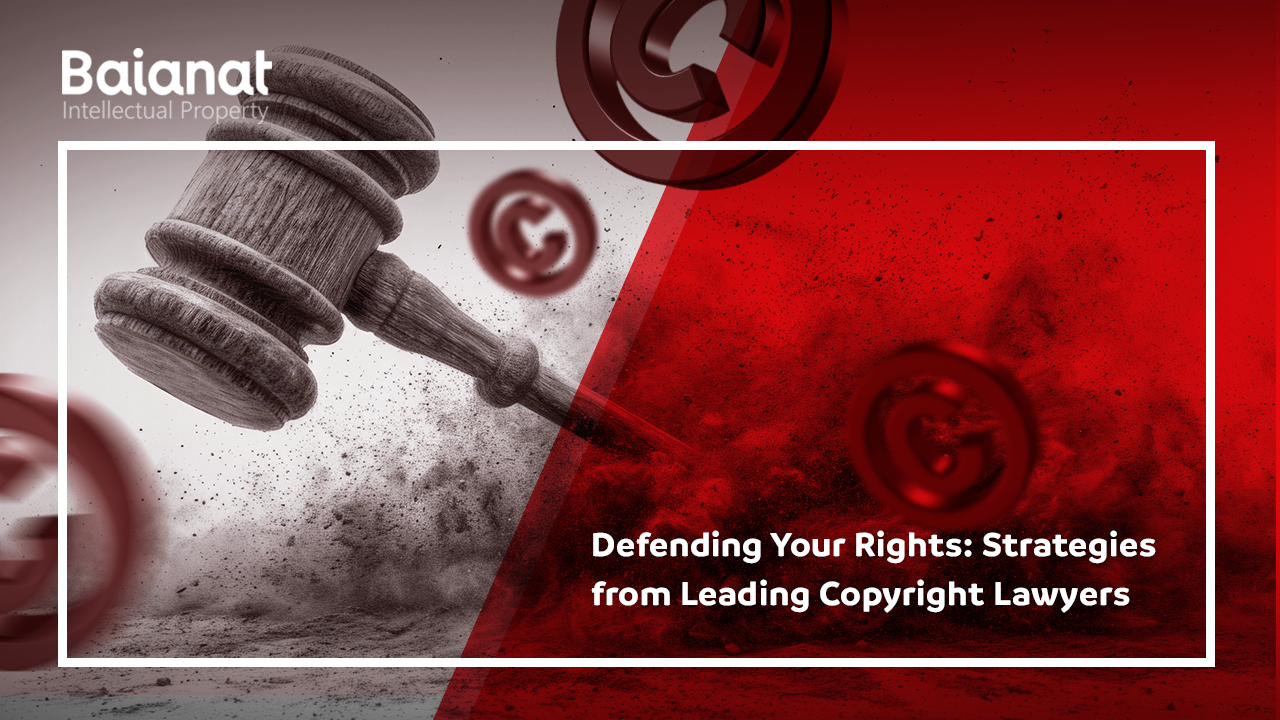Brand theft The Ultimate Guide Most brands use different platforms like Facebook and Twitter to connect with their customers and build their online profiles, and brand theft can hamper your company’s credibility and damage all that hard work in just minutes.
Brandjacking’s key objective may not be financial, although, companies that fall victim to brandjacking often suffer from financial losses and customer trust issues.
Stay safe and don’t let brandjacking happen to your brand. Take the necessary steps and let your digital marketers learn everything about brandjacking and implement preventative measures.
Let’s deep dive right into our comprehensive guide as we dig up the latest info!
Brandjacking definition
Brandjacking or brand hijacking is a digital activity where some brands assume the identity of another brand to get advantages of it in its own marketing and acquire that business’s brand equity and gain customer trust.
Brandjacking isn’t new but it has got a lot of attention recently given the rise of digital marketing, social media and the quick ability to create fake accounts.
In 2015, Target announced planning to remove the gender descriptions from signage within its children’s toy sections, many people rush to the Target Facebook page to share their feedback and reactions to this news, and it wasn’t long before an account named “Ask for help” with the “Target” profile picture started responding to unhappy customers in snarky remarks.
As a digital marketer, you should be fully aware of brandjacking, in order to keep your brand safe from cybersquatters. Brandjacking is also used for comedy and satire, Creating fake news about a brand, and scamming existing consumers.
now you can read more on baianat ip blog
How to protect your product from being copied
what are the Types of intellectual property rights and protection ?
What is SEO jacking?
We have explained the definition of brandjacking earlier, but what about SEO jacking its a negative technique that changes the redirection of the DNS servers, where completely copying or duplicating the content of a certain website to a higher authority website, to directs the user to another website on SERP, in this case, google algorithm will give preference to the website with a higher authority, the website with the original content may be penalized.
What are the 7 types of SEO?
- Technical SEO.
- On-Page SEO.
- Content SEO.
- Off-Page SEO.
- Local SEO.
- Mobile SEO.
- E-Commerce SEO.
Brandjacking Examples
Brand name mentions
putting your competitors’ brand name on your article or blog post is considered one of the most common brandjacking If the content of a certain brand is SEO optimized and has a high authority it may rank higher on the SERP of the other competing brand during the search for the brand name.
Social media piggybacking
Also, named piggyback marketing, it’s the drafting of competitor brand viral posts and hashtags on all social media platforms, so you could redirect the users to your platform. It also might include sending messages and interacting with the original brand intended audience.
Cybersquatting
It is the use of a domain name that includes the competitor’s brand name or something so close to it, so you could appear in the search results of their intended audience.
Cybersquatting may also, includes registering a trademark that isn’t your own, creating social media pages similar to a competitor’s name or obtaining a domain name with a common misspelling to another brand; For the common misspelling trick, many companies buy multiple domain names that resemble their own well-known brand, but sometimes it ends up benefiting those who sell domains.
Google Ads Brandjacking
It refers to bidding on Google Ads keywords that include another brand’s name. In other words, brandjacking redirects certain brand traffic to the properties that are controlled by another brand so that the brand can benefit from it.
Brandjacking concepts
Brand Safety
Brand safety refers to the safeguards technique used by brands to ensure that their identity is not damaged by using their service, where brands avoid placing advertisements within, content and forums that may juxtapose the true meaning and purpose of the ad, or that oppose their brand message. For example:
- Ads placed near sensitive content about:
- Terrorism
- Military conflict
- Hate speech
- Political opinions
- Pornography
- Illicit drugs
- Could be truly damaging to a brand’s reputation.
now you can read more on baianat ip blog
Importance Of Copyright In Business
Art Copyright Infringement Examples

Guide For International Commercial Law Firms
Negative Advertising
Negative advertising is a form of advertising that highlight a competitor’s weak points and degrade its message. It’s popular in the political arena with political candidates promoting adverts that focus on opponents’ weaknesses and shortcomings.
Negative advertising is not popular in the corporate world but it does exist; often in the form of parody. we can remember, “Get a Mac” campaign that focused on the weak point of the Microsoft operating system comedically.
Brandjacking problems and solutions
Imagine that cybersquatters have seized your business’s online identity, which means they take control of your communication channels they can easily ruin your reputation and negatively affect your credibility with your customers and you can easily lose your loyal customers, and suffer financial damage.
You can take preventative measures to stop brandjacking, and know how to do it if your marketing department deems it necessary. Below are 6 ways to protect your business from brandjacking.
-
Intellectual Property Laws
One of the best practices to avoid brandjacking is to register your brand products under trademark and copyrights; This will protect your brand and give you full authority over it and will make any brandjacking Under penalty of law.
Filing a trademark protects your brand and stops customer confusion, and could also, stop scammers legally from using your identity. Trademarks can also help you in case of a violation or entitlement to specific damages, you have the right to sue in court.
Key Takeaways
- Register a copyright or trademark for your brand.
- Hire a professional intellectual property agency.
-
Monitor Your Social Media Listing
You can directly communicate with your customers through social media channels, that’s why it’s so crucial to secure your accounts on all social media networks. Social listing is one of the highest priority safety management you should think about investing in, as your team will get notified of any suspicious activity, so they can take action to rectify the situation.
Key Takeaways
- Create accounts on all social media networks.
- Use social listening tools.
-
Invest in Security
In today’s era threats are everywhere, which makes business security one of the top priorities of any brand. Some of the important tricks that you should know are that if the crack hacks on one of your passwords, the rest of the accounts also will get compromised, so its important to set different passwords for your social media accounts; Password manager will be a great option too, in addition to, enabling two factors authentication.
Website are not safe from brandjacking so investing in your domain security is one of our recommended advice for you, also enabling two factors authentication for the main account linked to your domain should be sitting on the top of your to-do list.
You should give access to trusted sources only on your website content management and retain your access to the domain management panel, even in case of third-party engagement.
The most important part of your website security is customer personal information, like credit card details, it’s highly recommended to invest in systems and software, that will protect all the sensitive data of your customer.
Key Takeaways
- Have a different set of unique passwords for your accounts.
- Get a password manager.
- Get a social listing manager.
- Invest in software that protects customers’ sensitive data.
-
Purchase Brand-Related Domains
Protect your business from brandjacking by purchasing a related domain to it, this will prevent fraudsters, who try to take advantage and steal your identity.
Invest in domain names that sound like or are spelt similar to your domain or business name and register your domain name on relevant domain extensions.
Key Takeaways
- Register similar brand domains.
- Register domains on relevant extensions.
-
Crisis Management Plan
Logically, you can’t be 100% protected against brandjacking, crisis management plan will help you to be on standby for any urgent event or attack, as your team will be ready to handle any problem.
Invest in training your staff to dedicate special duties and quickly and proficiently interact with the customers and minimize the impact of what had happened.
Publishing a blog post explaining the detail or creating a short video with one of the company members like the CEO, sending an email, will help you to positively and effectively communicate with your clients.
Key Takeaways
- Develop a plan B with your entire team.
- Communicate with your customers as quickly and professionally as possible.
now you can read more on baianat ip blog
How to avoid patent infringement
International Trademark Search
Brandjacking laws
Is Brandjacking Legal? It may be surprising, but yes, brandjacking is legal. In 2011, there was Court in US Ruling about this exact matter. A firm bid on the Google ADs of another firm, first firm saws that it was an unfair violation of privacy, but this wasn’t enough to win the case as the other party win it using the freedom of speech defence.
The defence’s expert witness testified that such brandjacking has these benefits:
- Gives consumers greater freedom to choose which company they want.
- Encourages competition, where smaller firms with more skilled ads can compete against large companies’ aggressive competition, which means that Google can sell brand name searches to whoever bids the highest.
Brandjacking questions
As A Small Business, Do I Need to Think About Brandjacking?
If you own a small business or start-up, physical threats can be serious like flooding, fire, and robbery, while online threats are far more consistent to have an immediate impact on your identity, it could result in your business shutting down.
How can we prevent brand hijacking?
Some preventive measures that small businesses can take to combat brandjacking.
- Quickly register your Trademark.
- Try to buy most of the related domains.
- Invest in social media listening tools.
- Adopt a crisis management Plan.
Baianat IP and Brandjacking
As we have previously mentioned, Intellectual property rights are one of the effective ways and preventive management to stop brandjacking, either through registering a copyright or trademarks for your brand products.
Baianat IP, with a rich history in the IP field and a carefully chosen network of certified professionals in trademark and copyright registration service, can provide you with a one-stop shop for your brand needs.
Business Info:
- Address: 6663 Ar Rayan – Al Nafel Dist. Unit No 44 Riyadh 13312 – 3556 Kingdom of Saudi Arabia.
- P.O Box: 85424, Riyadh 11691
- Phone nu: +966 11 41 27 755
+966 11 41 27 733
+966 55 61 65 852
+201 01 99 55 220
- Email: info@baianat-ip.com.sa











